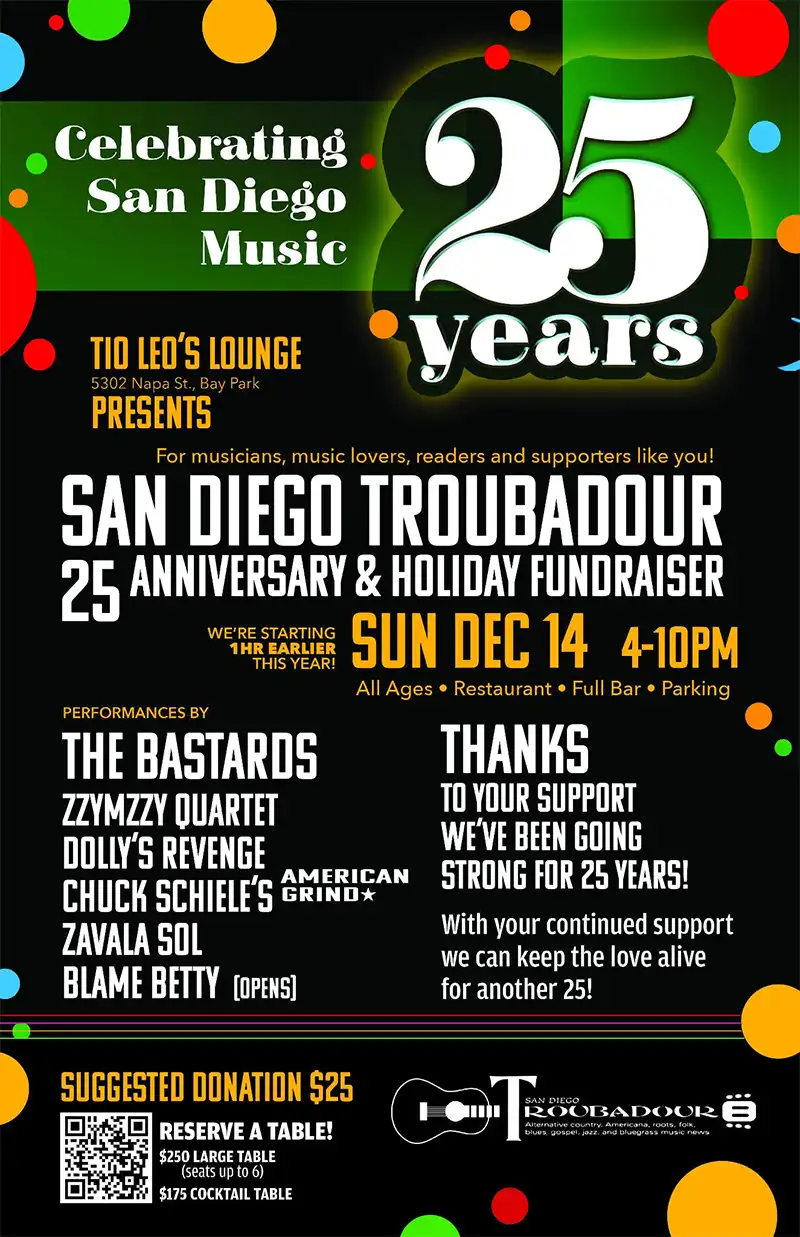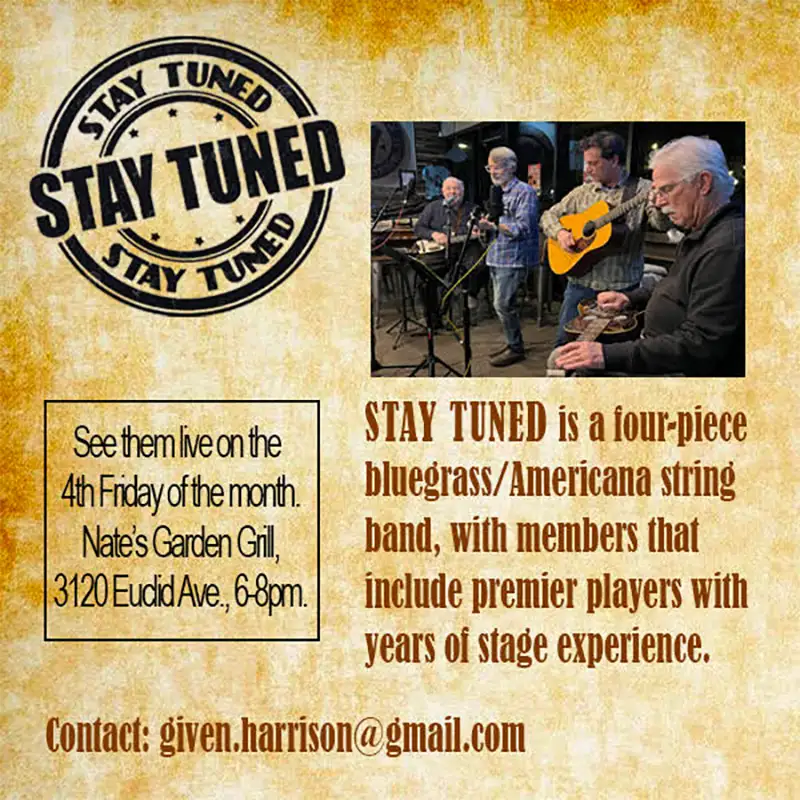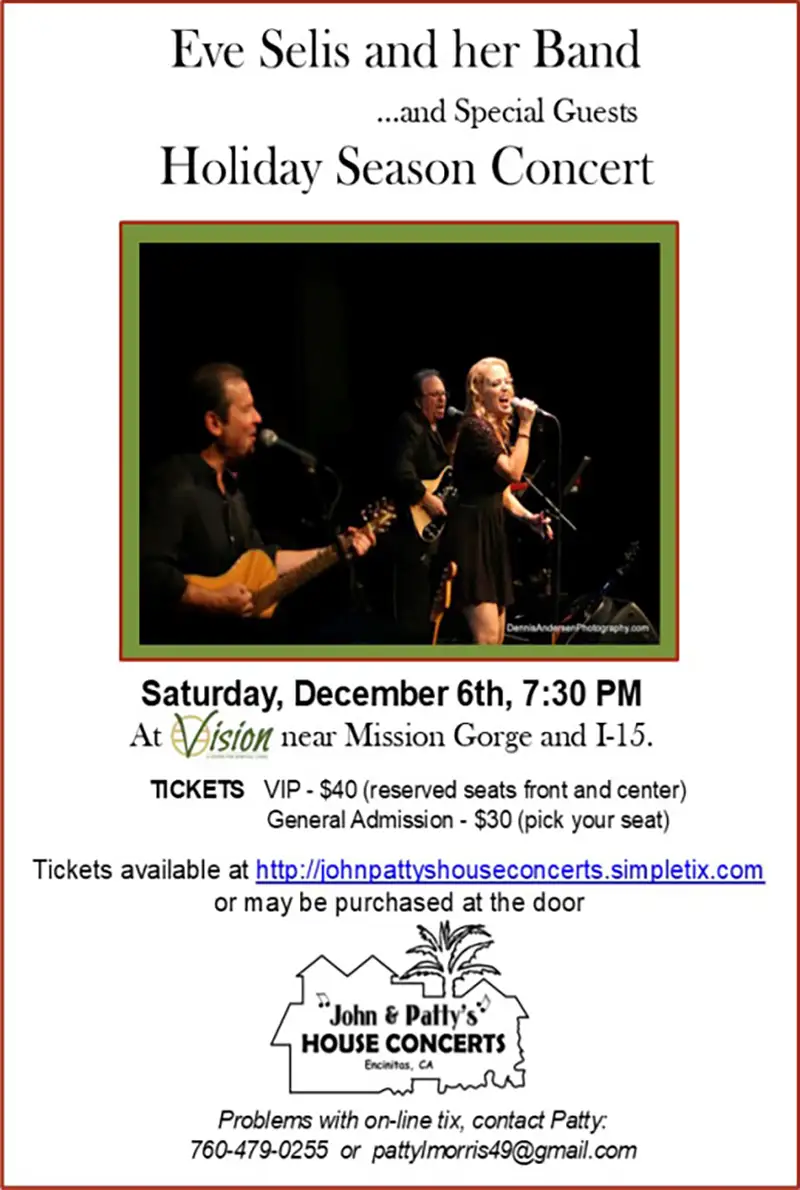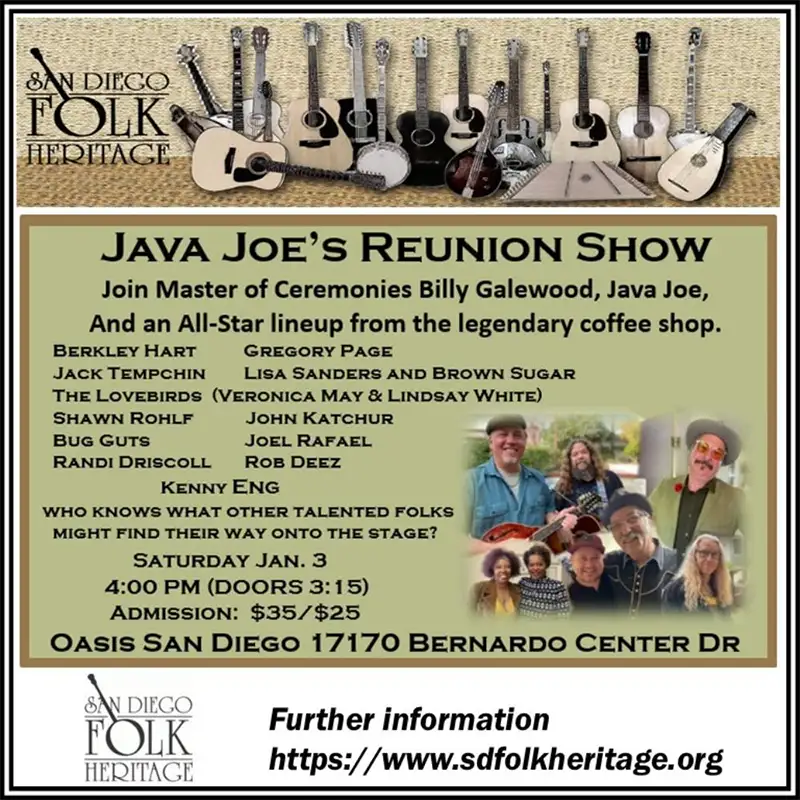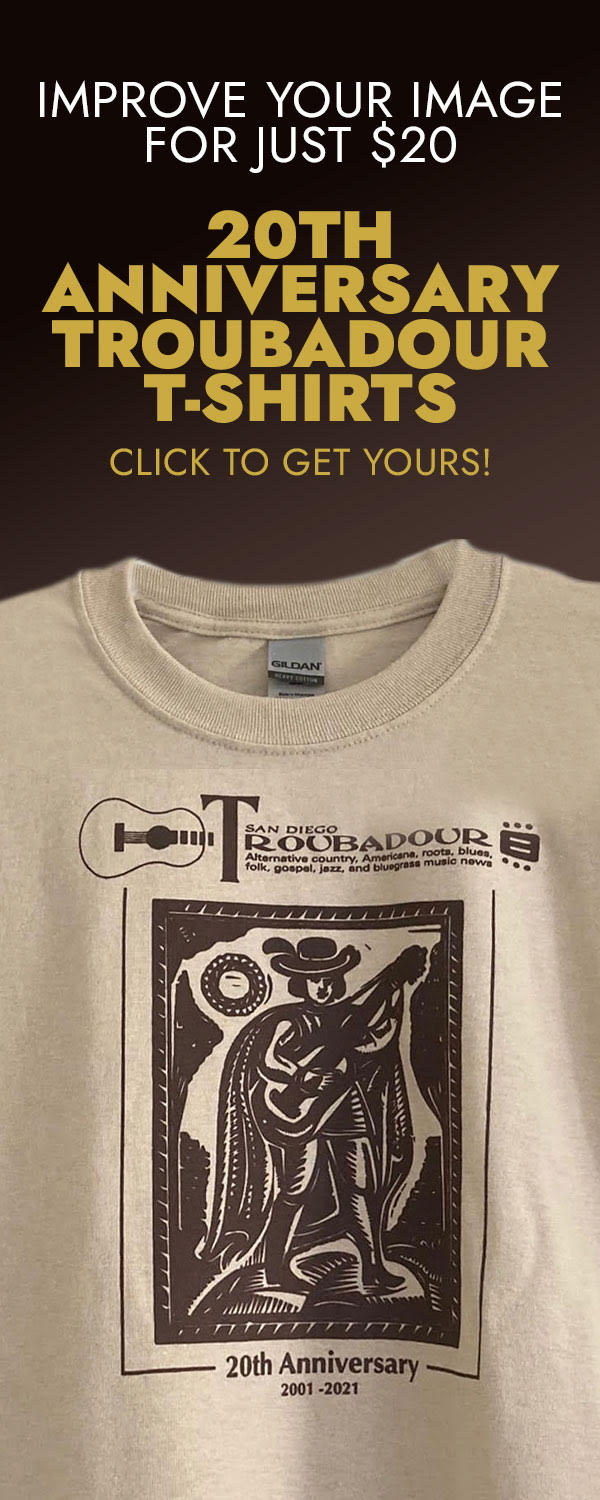Music and the Law
Legal Aspects of Music and Arts Festivals
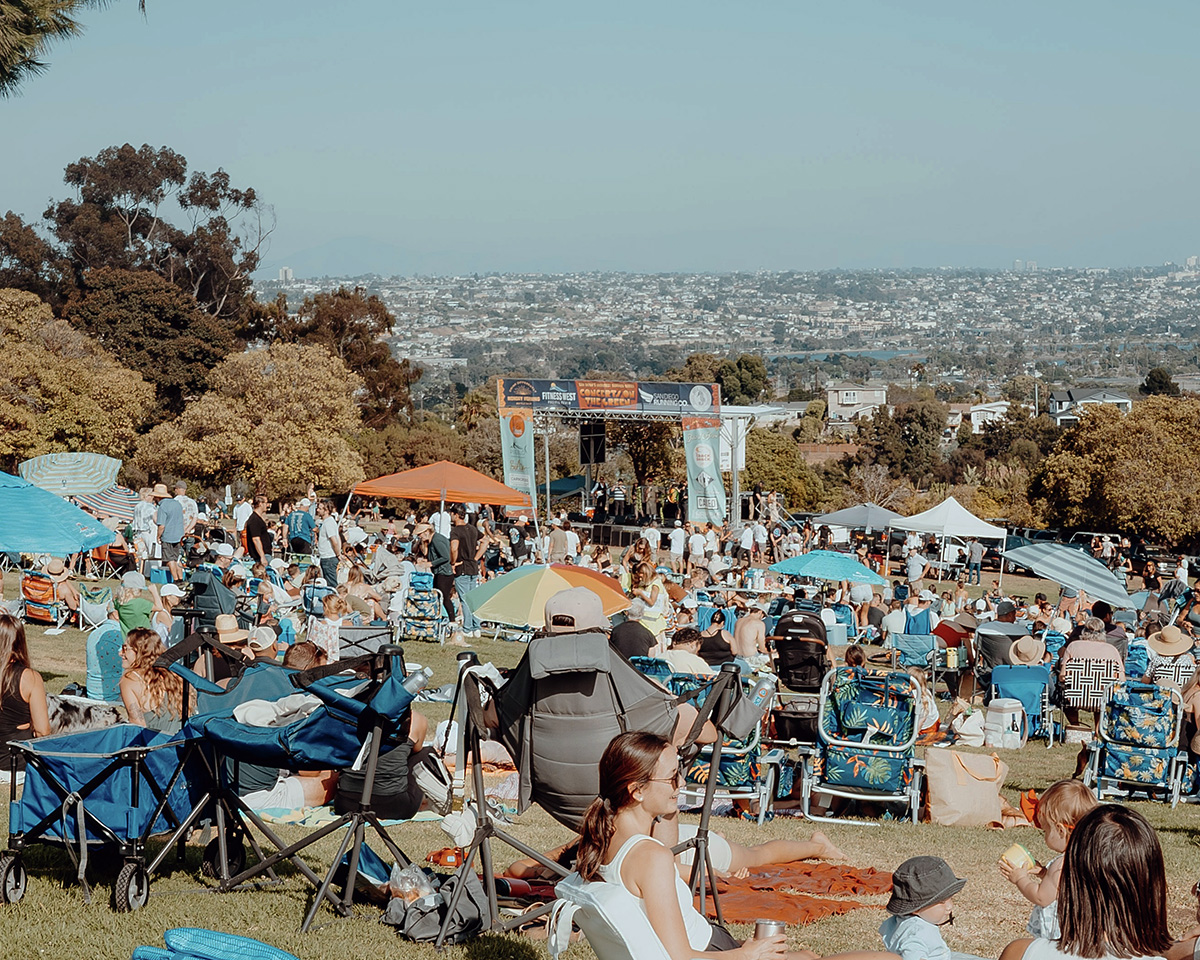
View from the crowd at the Pacific Records Festival, 2025.
Music and arts festivals and other cultural events have exploded in popularity over the last few decades, ranging from massive multi-day events like Coachella, Lollapalooza, and Electric Daisy Carnival (EDC) to boutique and genre-specific gatherings. For artists, promoters, sponsors, and attendees, these events can be transformative experiences, even launching artists’ careers. Behind the music, food, and lights lies a complex web of legal considerations that shape everything from artist contracts to insurance coverage to the very locations where festivals are held.
While every gathering must contend with these realities, how organizers navigate them depends largely on the model: commercial enterprises, nonprofit cultural movements, or emerging startups. Each illustrates a unique intersection between the law and live music.
The Commercial Model: Contracts, Sponsorships, and Branding
At large-scale commercial festivals, the business model is built around talent booking, sponsorships, and branded partnerships. Legal teams draft performance agreements, negotiate exclusivity clauses, and structure vendor deals.
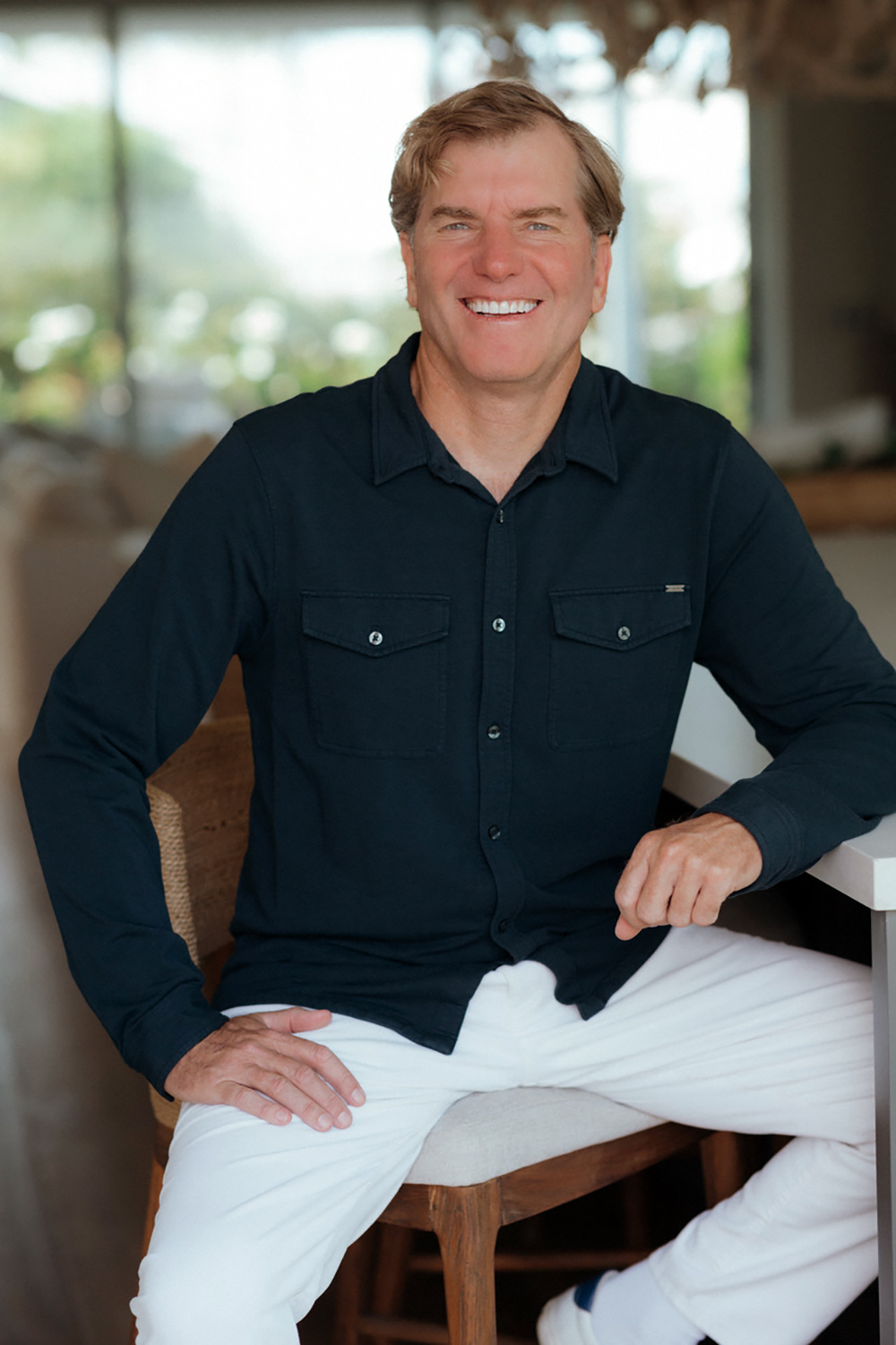
Ernie Hahn is the co-founder of San Diego’s Wonderfront Music & Arts Festival and the Del Mar Wine & Food Festival; he also serves as a global real estate advisor with Pacific Sotheby’s International.
Radius clauses are a constant sticking point. As Wonderfront Music & Arts Festival co-founder Ernie Hahn notes: Radius clauses highlight the tension between festival and artist priorities because they limit the geographical location an artist can perform for a certain period of time before and after their festival appearance. Festivals push for a longer, more restrictive radius to safeguard ticket sales, while artists aim to maximize appearances and exposure, making compromise essential.
Artist fees are also among the highest expenses. As Hahn explains: Artists are typically paid more for festival appearances, since festivals are stand-alone engagements rather than part of a consecutively booked tour.
Because ticket sales alone rarely cover costs, sponsorships are essential. From beverage companies to tech brands, sponsors seek access to a captive, music-loving audience who identify with their brands. But sponsorship agreements must also address intellectual property rights, exclusivity, liability, and regulatory compliance, especially for alcohol, cannabis, and tobacco products. Hahn emphasizes: Sponsorships are critical for festivals and also provide the most opportunities for long-term growth.
Permits and insurance add further complexity. Outdoor events require noise, alcohol, and health department permits, along with fire safety inspections. Insurance policies typically cover general liability, workers’ compensation, event cancellation, and sometimes weather. The COVID-19 pandemic underscored the importance (and limits) of cancellation coverage and force majeure clauses.
Hahn recalls Wonderfront’s own challenges: Wonderfront first launched in November 2019, but the COVID pandemic led to a multi-year interruption. Relaunching the festival required overcoming both liability issues and the hurdles of rebuilding the brand after a new round of fundraising. Insurance costs have also risen because of the increase in liabilities post-COVID.
The Nonprofit and Participant-Driven Model
Other events deliberately reject commercialization. Burning Man, for example, is organized as a nonprofit guided by its 10 Principles—including Decommodification.
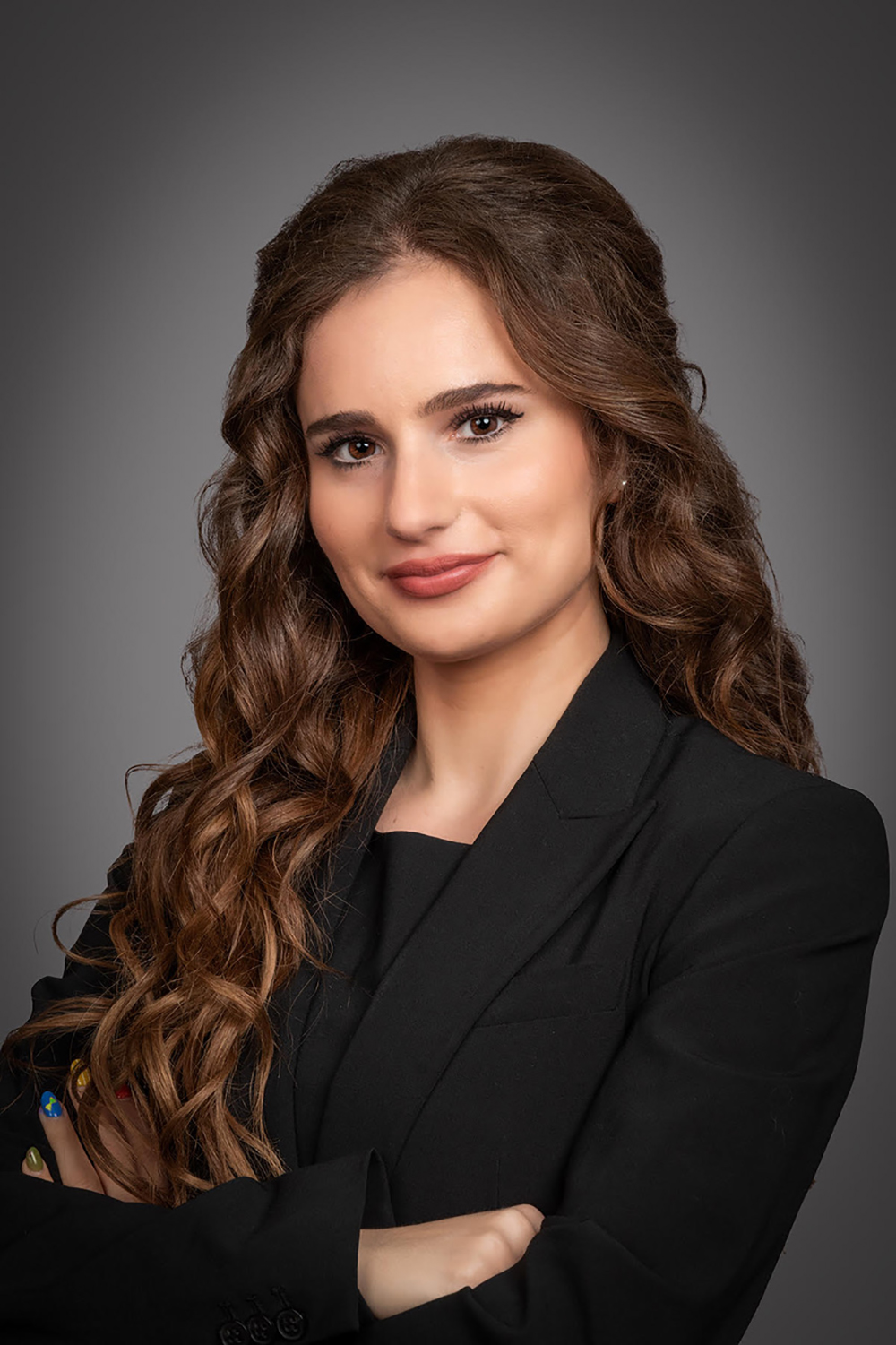
Haley McCullough is an entertainment attorney and associate counsel of Burning Man Project, the nonprofit that produces the annual Burning Man event in Black Rock Desert, Nevada, and works year-round to extend Burning Man culture into the world and bring people together.
As Haley McCullough, Associate Counsel of Burning Man Project, explains: The Burning Man event and community are guided by 10 foundational Principles including Decommodification, and the event avoids the commercial relationships that underpin the festival and live entertainment industry. Instead of signing artists to traditional contracts, Burning Man supports creators through grants. McCullough notes: Through programs like the Black Rock City Honoraria Program, which awarded more than $1.3 million this year to 76 art installations, Burning Man’s art is cultivated organically with experimentation and participant-driven creativity.
The nonprofit structure brings governance, tax, and charitable compliance obligations, but it allows a different cultural outcome, placing creativity and community above sponsorship. Legal restrictions forced Burning Man to relocate from San Francisco’s Baker Beach to Nevada’s Black Rock Desert due to fire hazard concerns, showing how regulation and safety standards can reshape an event’s very identity.
The Startup Festival Model
Between major players and established nonprofits are countless startups, often facing the steepest legal and financial hurdles.
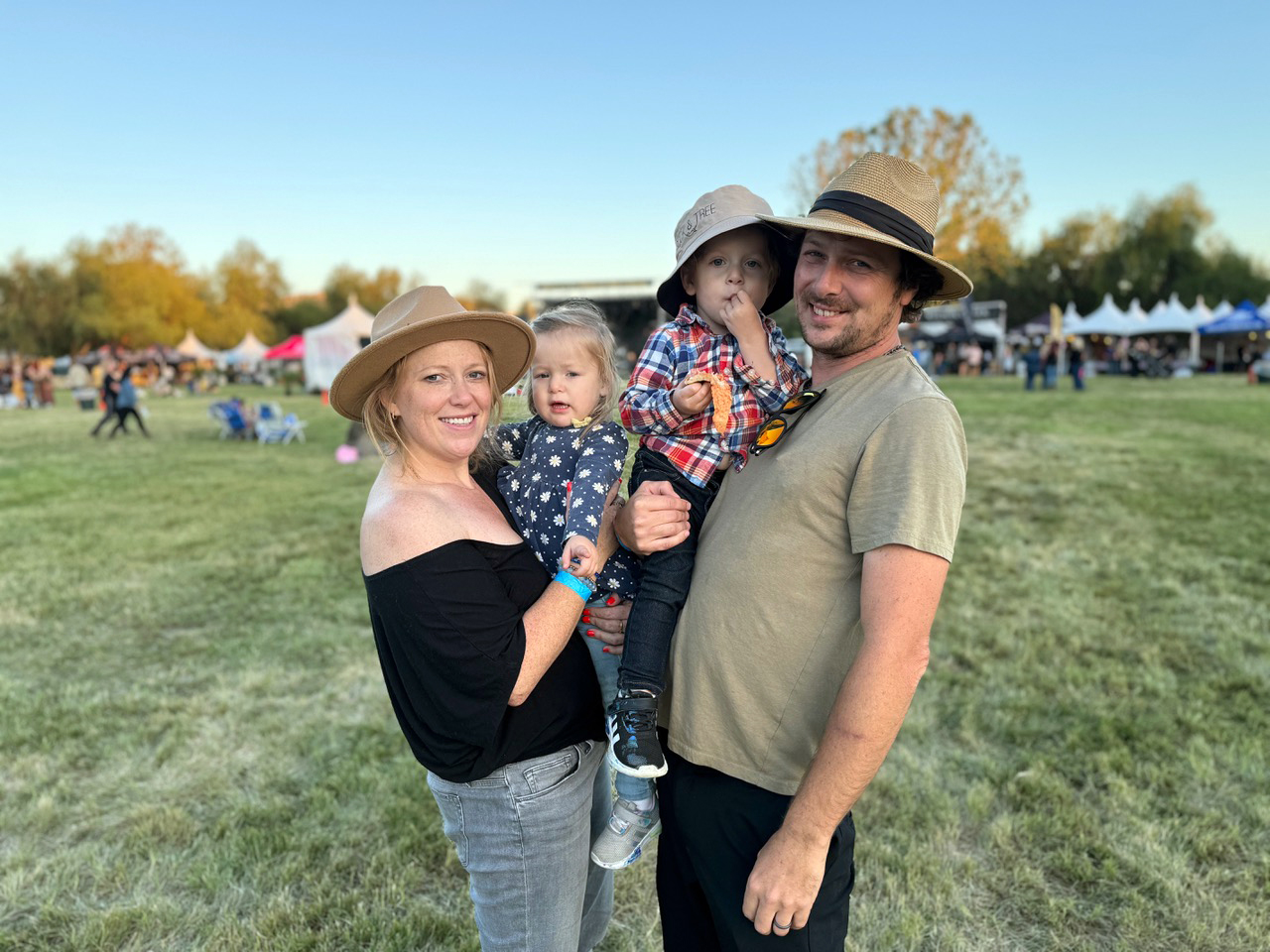
Anson and Taryn Krekeler (pictured with their children) are the husband-and-wife founders of the Rock & Tree Festival in Perris, California.
Take the Rock & Tree Festival, founded by Anson and Taryn Krekeler. Taryn recalls: When we started this passion project back in 2016, Anson and I moved from Los Angeles to the Inland Empire and Rock & Tree was just a bare piece of land. Family and friends didn’t believe in us and our vision and that was hard, but we took the risk and moved into a 24 ft RV on site and started building everything just the two of us. We sourced most of the materials from the land, using dead eucalyptus trees to build gazebos… We have put so much love, sweat, and tears into the space so seeing it come to life is everything we ever dreamed of and more.There are also legal basics such as dates, contracts, and funding pose challenges to consider. As Anson explained: I’ve been checking the calendar for full moons that fall around weekends during the spring and fall when the weather is nice in Perris, then checked for competing events in the area, reached out to bands for availability, and then slowly narrowed it down to the right weekend. For this event, the full moon falls on Monday the 6th, so we’ll have a lot of extra light from the sky over the weekend.”
Financing is equally tough. Taryn shared: Since this is our first year, we are funding it all ourselves. Scary, of course. Our goal is to sell enough tickets to just break even. Anson and I are doing this because we love music, art, family, and community; making a profit is not what drives us.
Rather than corporate sponsorships, community partnerships carry their first year: This year we don’t have any sponsors but that’s something we would like to figure out for next year. Community is what is making this happen. We have two [headlining] bands—Seapoodle and Sandollar—that are huge bands out of San Diego… It’s really going to be something special.
Their long-term vision is equally grassroots. Anson concludes: In five years we hope to be doing this on a much more professional level—same stage, same vibe (although hopefully with a lot more new cool eucalyptus features!), just much more organized as we get more experience under our belts, grow the community further, and learn where we can improve upon things.
Liability and Risk Management Across the Spectrum
No matter the model, liability is universal. Safety, insurance, and compliance define the boundaries of what’s possible.
- Commercial festivals rely on clauses that deal with liability (indemnification) and robust insurance.
- Nonprofits must meet the same requirements but adapt them to community-driven structures.
- Startups may lack resources for extensive coverage but still need contracts, waivers, and municipal compliance.
Conclusion: The Legal Spectrum of Festivals and other Events
Festivals and other community-driven events may differ in size, scope, and philosophy, but they share one truth: without strong legal foundations, they cannot exist. Whether through sponsorship contracts, nonprofit grants, or startup risk-taking, the law shapes the culture and viability of these gatherings.
As McCullough summarizes: “My team works closely with the organization’s art department to ensure contracts support and protect artists and their projects. This is just one of the many areas where the Legal team provides essential support, helping to uphold the principles, operations, and creative work that makes the Burning Man event possible.”
Commercial, nonprofit, or startup, attorneys and contracts are not merely gatekeepers but enablers. By handling risk, defining obligations, and protecting creativity, the law makes it possible for curated festivals and cultural events to bring communities together through music and art.
About Brian Witkin
Brian Witkin runs a boutique entertainment law firm in Del Mar, California. He is also an award-winning musician, producer, and CEO of Pacific Records. Brian has spent nearly two decades in the record business, is a Grammy Voting Member of the Recording Academy, and an official Ovation Guitars artist. Brian’s father, Joe Witkin, was the original keyboard player for Sha Na Na, who performed at the iconic Woodstock Festival in 1969.
Note: This article is for general informational purposes only and does not establish an attorney-client relationship. The information is deemed reliable but not guaranteed. Every situation is different, and the general information contained in this article may not apply to your specific situation. The author and publisher assume no responsibility for actions taken based upon the contents of this article. Seek the advice of counsel for your specific situation.
© Law Offices of Brian A. Witkin 2025.


